Guestblog Michael Zelbel
During our stay in the US I have several guestbloggers online, today it’s time for Micheal Zelbel, and I’m really psyched about this, hope you guys enjoy it.
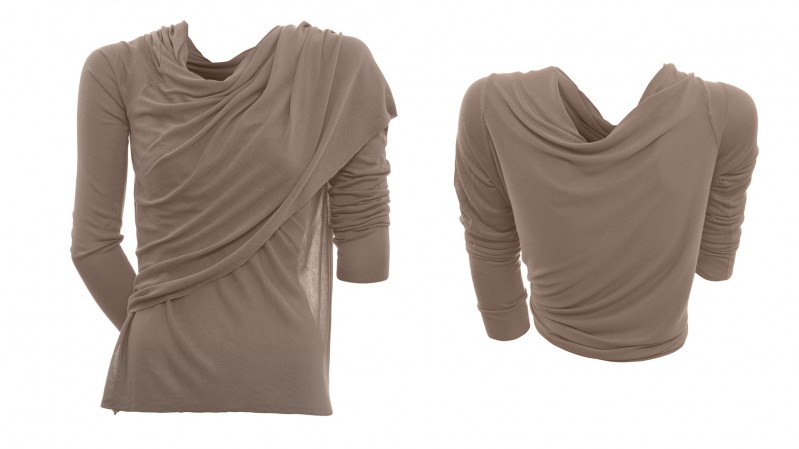 Fashion Catalogue Shoots – a Goldmine You’ve Been Missing out on
Fashion Catalogue Shoots – a Goldmine You’ve Been Missing out on
If you are an aspiring photographer, chances are good that you are struggling to turn your passion into a profit-making venture. A perfectly legitimate desire, no doubt, but it’s one that is rarely done well and efficiently. The majority of amateur photographers experience a burn-out, chasing the unlikely prospects and time-consuming business opportunities like wedding photography or selling stock pictures online. Do I really need to explain the drawbacks here? First of all, it is quite challenging to shoot at a wedding and get nothing but high-quality pictures: you have guests wandering into the shot, a nervous bride, a nervous groom, less-than-perfect lighting, dynamic and rapidly changing surroundings.
With micro-stocks, it’s much simpler and at the same time much more complicated than that – you need thousands upon thousands of good photos in order to sell them continuously and earn reliable monthly income. So, what do you do? Are amateurs like ourselves forever doomed to spend money on our hobby and get none in return, just because we lack a giant portfolio, costly equipment and specific skills? The answer is, we need to take the conventional wisdom about making money with photography and toss it aside – you won’t need that old garbage any longer. In the words of Bob Dylan, “The answer is blowing in the wind”, – and it’s a lot less fancy than you think, or would like to think.
Right now I am going to talk to you about a lucrative niche that many other photographers overlook – whether it happens due to self-imposed ignorance or rampant pride, I don’t really care. There is money in it, and it’s all that really matters. I mean, paid fashion catalogue shoots. All jokes aside, it is currently your best bet at getting paid (handsomely!) for conducting a simple photo shoot with little to no production cost.
Why choose this over a chance to become a stellar wedding photographer or a micro-stock millionaire? For a variety of reasons: catalogue shoots are not nearly as stressful, they are dirt cheap, they don’t require fixed hours, they don’t take much time, they connect you to a viable market of clients. Most importantly, they are the most legitimate source of income an aspiring photographer can have. Now that we have sorted out all the “why’s”, let us move on to the meat and potatoes, the “how’s” – without them, would you have any good reason to be reading this post?
For a good catalogue shoot you need the following:
– one or two mannequins (borrow them, don’t buy them!);
– a white backdrop or at least a white wall;
– three umbrellas;
– two pieces of background light;
– two main flashes;
– a fill light;
– a camera (duh!).
The lighting setup consists of two main flashes to the sides of the mannequin, two background speedlights behind it that are meant to “burn” the backdrop and light up the frame from behind, and a fill light that will take care of any unwanted shadows that don’t belong in a fashion catalogue. To get a graphic representation of what the setup actually looks like, take a look at the lighting diagram.
Now that you have set up your light, it’s time to take out the camera and shoot away! Ideally, you need to take pictures of clothing not only from back and front, but also at a 45-degree angle. When this is taken care of, take close-ups of fabric and small details of the design. It’s a good idea to use a tripod and a cable trigger to add sharpness; this is not your typical shoot with a real model, so you needn’t go through many poses and angles.
One last thing – burn the background, but don’t let it be too bright, or you will have to deal with lens flare during post-production. In a perfect world, a sensible photographer carrying out a fashion catalogue shoot would calibrate his camera at least on a grey card; using a color passport checker or a similar tool would be even better. You could even stick to a grey backdrop altogether.
My usual camera settings for such shoots are as follows:
Aperture: f/11 (for more sharpness, which is a big deal in these types of gigs)
Shutter speed: 1/200
ISO: 200 (for good overall quality of images)
Here are the settings I normally use for my speedlights:
Finally, do you want to hear the good news? The explanations above were the most complicated part of the shoot! That’s right – there is nothing else you could screw up beyond repair. What about models? Let’s just say that mannequins won’t give you any trouble. These girls aren’t very sociable, you see. You can’t make small talk with them, however, on the plus side – they don’t complain, they don’t get tired and they work very flexible hours.
As to the composition, it is as simple as can be – a single center subject dressed up in a certain article of clothing. The only valuable piece of advice to be given here is for you to iron the clothes beforehand, preferably with a steam iron. If you think it’s easier done in Photoshop, then you either have fantastic retouching skills or have obviously never tried it. Trust me – there’s nothing like a wrinkled pair of trousers to put you off shopping for luxury clothes!
Regarding post-production, you need to make a decision: will you do the basic retouching yourself (this includes removing the mannequin parts from the picture, tone and color correction as well as the famous “invisible man” retouching of sweaters and jumpers) or outsource it elsewhere? My vote rests firmly with the latter option – if you use a cheap and superb service like MrClipping, you will manage to keep the costs low and still ensure excellent quality of images.
That’s it – you don’t require anything else to do a high-quality fashion catalogue shoot! Now, before I hear any lame excuses coming my way (oh, they always come, don’t they?), let us deal with some of them right off the bat:
“But I don’t own a mannequin!” – You don’t have to. I got mine from a small shop selling designer clothing right around the corner. Those things cost about $200 apiece, and buying them when you can borrow for free would be ridiculous. Besides, what would your significant other think about your having a mannequin at home? Nothing that would flatter you, I bet!
“I can’t do this, because I can’t afford a ton of lighting!” – You can actually buy speedlights very cheaply. The Yongnuo speedlights I use cost $40 each. If we do the math, lo and behold: 5 speedlights x $40 bucks equals $200 for the whole shebang. Not too expensive after all, is it? You can make the backdrop yourself, and the cost of umbrellas won’t set you back too much. As for a camera… well, you do own a camera already, don’t you? I would hope so!
“I am not good at Photoshop!” – I’m not a good retoucher either. That’s exactly why you should outsource everything you suck at and stick to your strengths. If you don’t want to spend 5 bucks per photo on MrClipping for a gig that would give you hundreds, your priorities are skewed. Besides, let your client reimburse you for post-production – they will. If they don’t, find better clients!
“I don’t know any fashion designers!” – Unless you have been living in a crater on the dark side of the moon for the past decade, you surely must have heard of Facebook and LinkedIn. Plus, there must be shops with designer clothes in your local city or town. Opportunities come to those who don’t wait around, but go out there and grab them by the balls (pro tip: I wouldn’t literally do that to your client, though, it will not end well)! It’s not that hard to connect to people and land projects. In fact, I want you to try and do it immediately upon reading this post!
Now you know how to conduct a fashion catalogue shoot that will bring you good money with no sweat. But guess what – knowledge is rubbish if you don’t take action to implement it. First, finish reading this; take notes if you need to. Afterwards, go out there and find your first client for a paid shoot. It can be anyone – even the owner of whatever shop you will borrow the mannequins from.
Don’t be afraid of failure – the odds are pretty much rigged in your favor right now. In this tough economy fashion industry is slimming down, so businesses do considerably less sophisticated shoots with real models, opting for a cheaper alternative. I can say without exaggerating, “It’s your time to shine!” Land your first prospect, get a fee you are happy with, close the deal and shoot. You will see how easy it is. The proof is in the pudding, so just do it!
For now, I say goodbye and wish you readers of Frank’s blog good light!
+Michael Zelbel is an amateur photographer operating a studio in Duesseldorf. On his photography lighting blog he shows lighting setups enabling amateurs to shoot professional glamour photos.

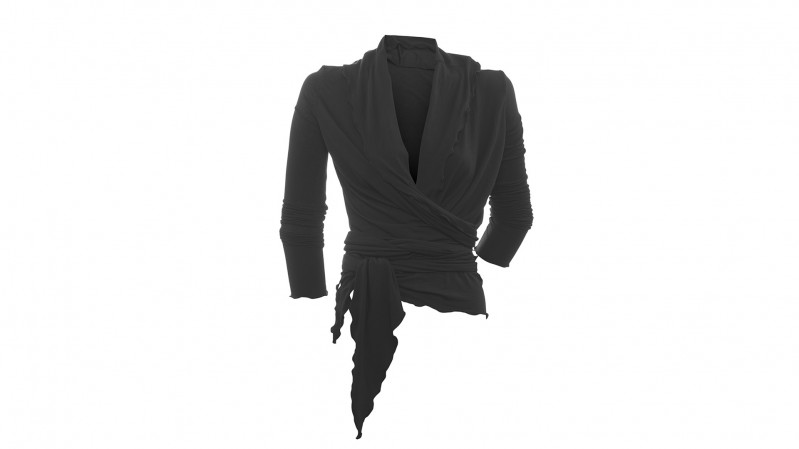
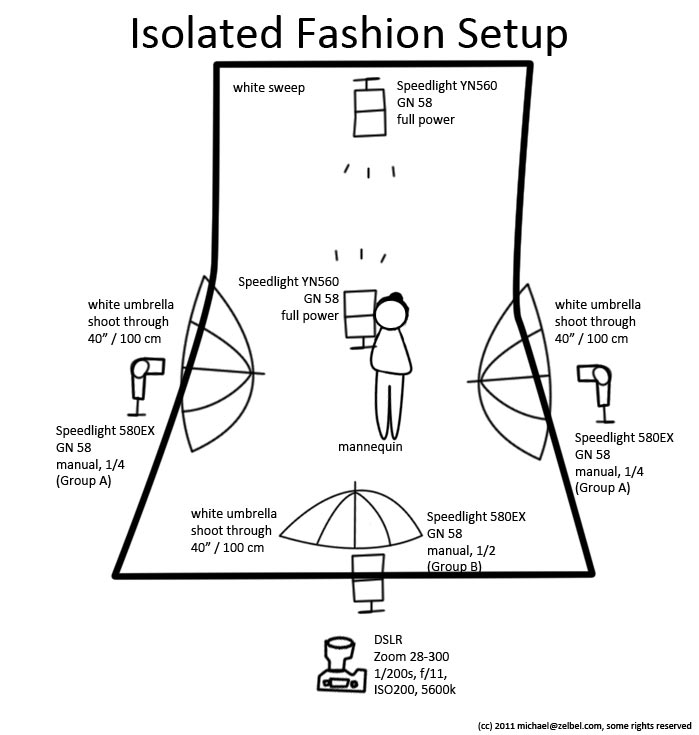
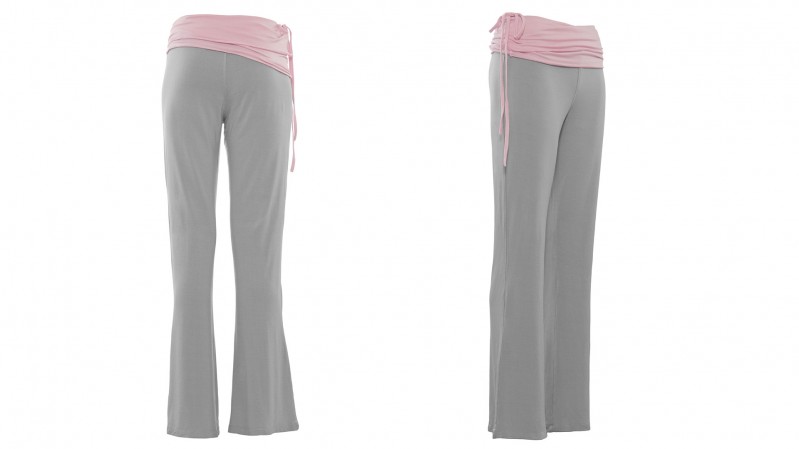

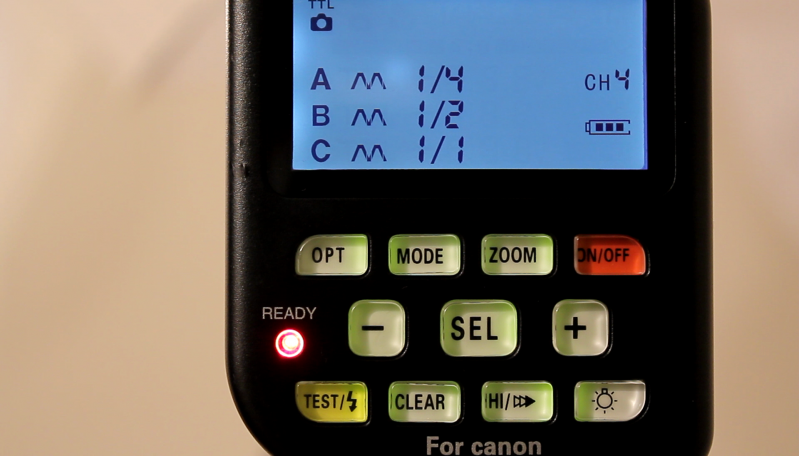
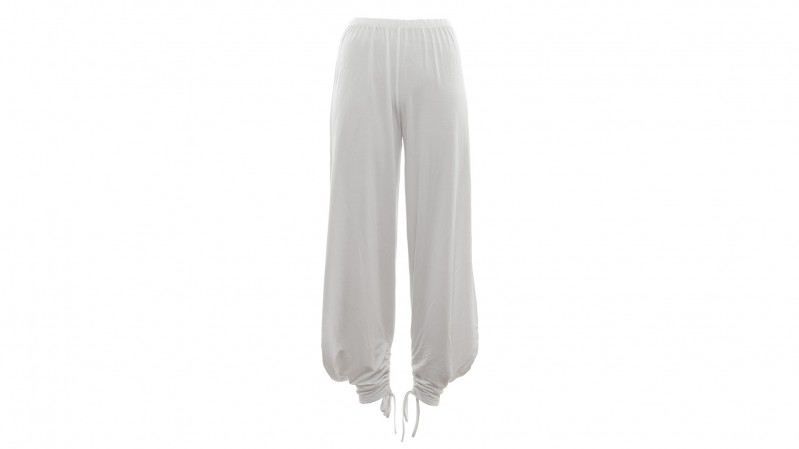
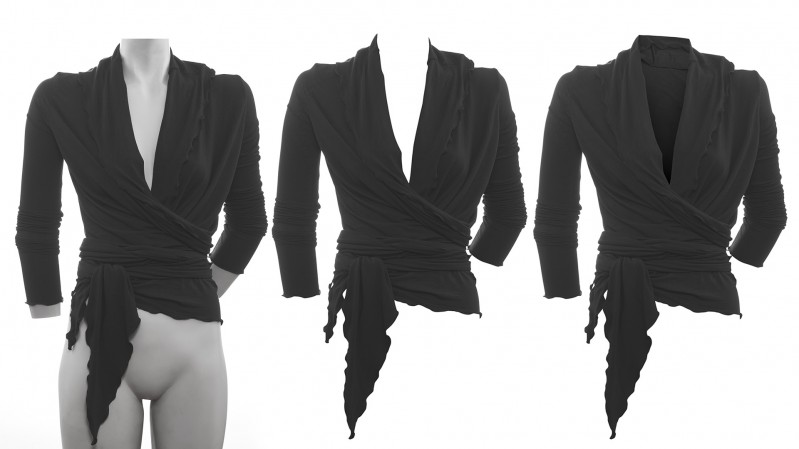

I love the pattern.
Frank!
It’s a great idea for shure! I was wondering how do you go about getting the job? By that I mean you have to get the clothes from somewere right 🙂 And here in Norway the local clothing shops don’t make catalogs at all……only the bigger chains…..
When it comes to the photoshop part I’m all in! Been working with this great tool since 1996 so I guess I have picked up a little over the years. Love doing retouching and restauration works, but there ain’t that many around 🙂
Is there a place/way for me to maybe get more atention, and maybe get some more jobs?
By the way, I love your work!
See ya!
Baard Martinussen
Norway
ps, I’m posting you a photo. How can I improve this? Please give me some feedback if you could 🙂
quite a good and intersting article. What wouldone1 roughly charge per item?
What a great idea! Can I keep the clothes?
Awesome work